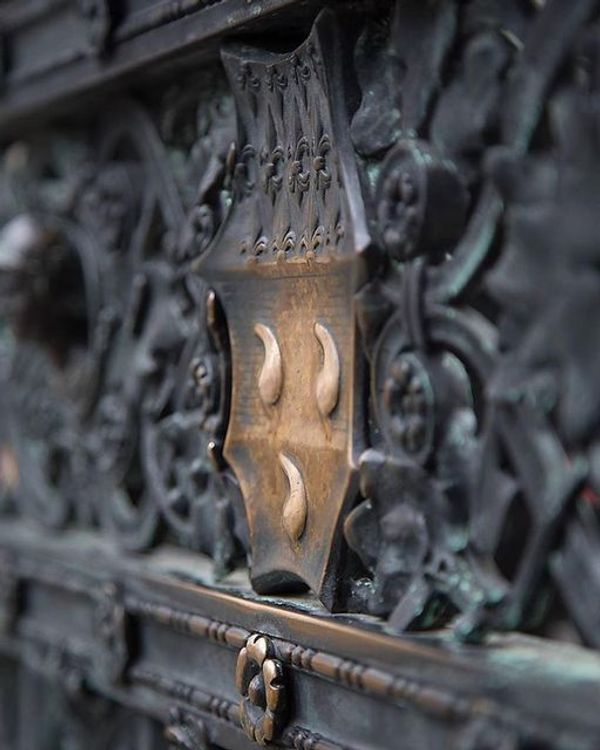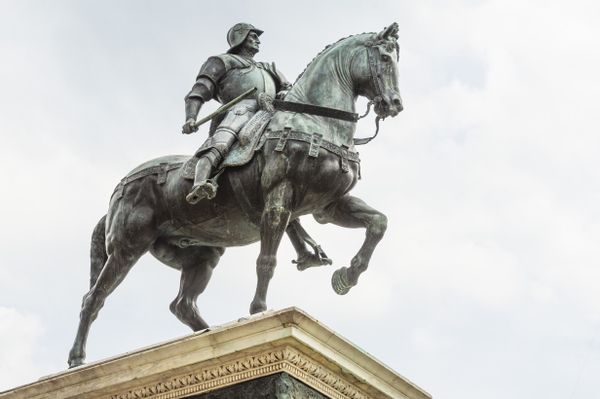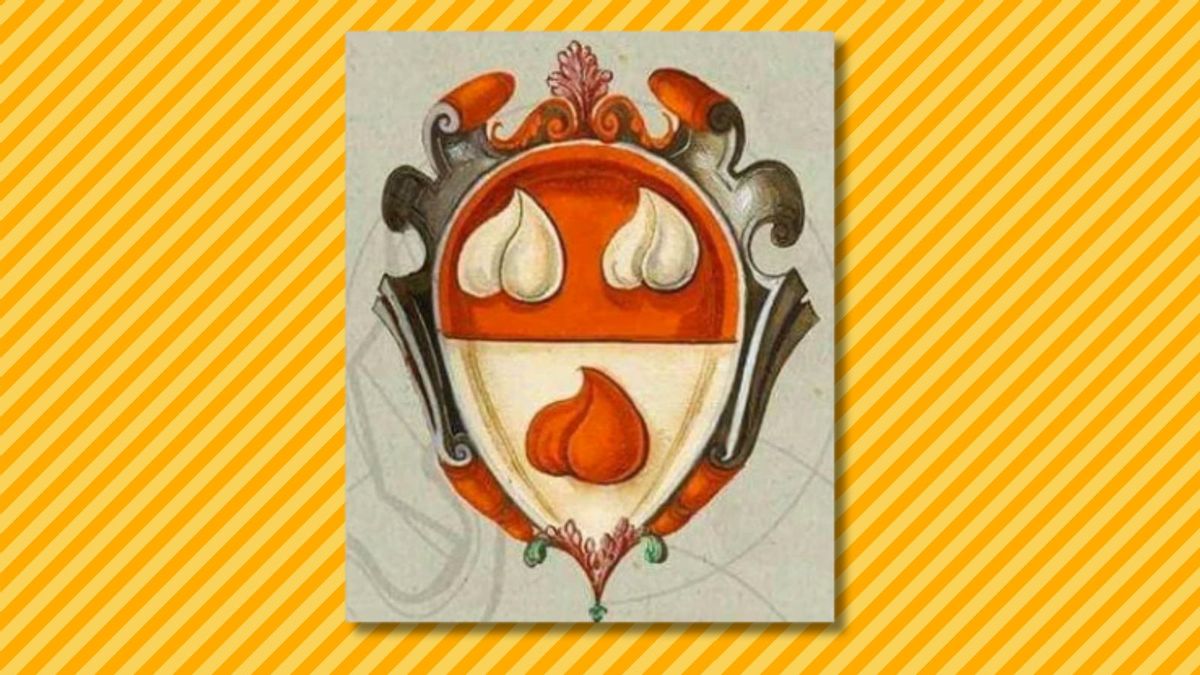Bartelomeo Colleoni was a well known Italian military captain in the 15th century. Although "Colleoni" doesn't directly translate to "balls" in English, an Italian homophone (soundalike word) matching his name — "Coglioni" — appeared in some documents and does mean "testicles" in Italian. Moreover, Colleoni's coat of arms did, in fact, feature three pairs of abstractly rendered testicles.
In mid-February 2024, social media was abuzz with a rumor that circulated on X (formerly Twitter): the story of Bartolomeo Colleoni, a medieval Italian whose surname allegedly translates to "balls" in English and whose coat of arms boasted three pairs of testicles. A viral post from @WeirdMedieval had, as of this writing, gained more than 2.2 million views. As it turns out, history's full of surprises waiting to be found.
just found out there was a medieval italian guy called bartolomeo colleoni which means "bartholomew balls" and his coat of arms was three pairs of balls and his war cry was "coglia! coglia! coglia!" which means "balls! balls! balls!" pic.twitter.com/4UPwrcuZyI
— weird medieval guys BOOK OUT NOW !! (@WeirdMedieval) February 17, 2024
A Reddit post with the same image, allegedly showing Colleoni's coat of arms, read:
The shield of Bartolomeo Colleoni, a medieval mercenary commander in North Italy. It represent three pairs of testicles vulgarly called coglioni (Colleoni), transformed over the centuries into overturned hearts.
In short, Bartelomeo Colleoni was a military captain in the 15th century. Although his surname does not translate to "balls," an alternative spelling — "Coglioni" — was used in some documents and does mean "balls" in Italian. Moreover, Colleoni's coat of arms did, in fact, feature an illustration of three pairs of testicles. Therefore, we have rated this claim as "Mostly True."
First of all, Bartolomeo Colleoni is an authentic historic figure, most likely born in 1400, who was one of the most renowned Italian mercenary leaders of the 15th century. Encyclopedia Britannica describes him as an "Italian condottiere, at various times in Venetian and Milanese service and from 1454 general in chief of the Venetian republic for life, who is most important as a pioneer of field artillery tactics."
Although the surname Colleoni does not mean "balls," another version of his name that was used to refer to him in some documents — Coglioni — does actually mean "balls" in Italian. In modern Italian, "coglioni" is used colloquially in phrases such as "rompere i coglioni," which is a vulgar way of saying "to give somebody a hard time."
Massimo Predonzani, a researcher who specializes in military heraldry during the Renaissance, explained on his website that the military captain is always referred to by modern historians by the surname Colleoni, but in 15th-century documents that refer to him or his family he appears as Coglioni. Moreover, Predonzani wrote that the word "colleoni" derives from the Latin word "coleus," which means testicle (translation ours):
The scholar Antonio Cornazzano, who lived at Bartolomeo's court in Malpaga and wrote his biography in Latin, calls him Bartholomeus Coleus; that is, testicle. The same form was used by Guglielmo Pagello in his funeral oration at the death of the condottiero.
Finally, Predonzani wrote that it's true that Colleoni's coat of arms depicted three pairs of testicles. The Accademia Carrara Bergamo Museum shared a photograph on Facebook of the Colleoni family coat of arms on the gate of the Cappella Colleoni in Bergamo, Italy, with a caption claiming that "touching it brings good luck."

(Accademia Carrara Bergamo Facebook Page)
A post shared by Studio Araldico Genealogico Italiano, an organization that performs genealogical research, said that, according to some authors, Bartolomeo Colleoni suffered from a condition known as polyorchidism — the presence of an extra testicle. However, it underscored that the claim is just part of his legend, as the family's coat of arms was used long before his birth.
The Bartolomeo Colleoni Monument in Venice is considered one of the best-known works of Florentine artist Andrea del Verrocchio, a teacher of Leonardo da Vinci.

(Getty Images)

